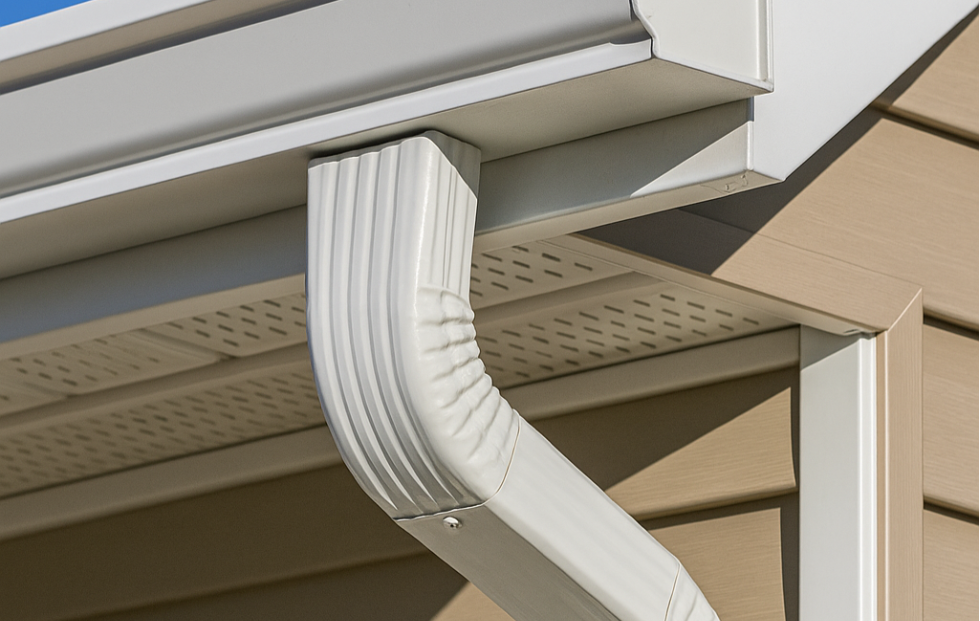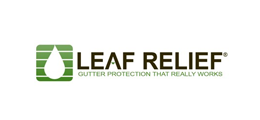Your gutters play a vital role in protecting your home by directing rainwater away from the roof, siding, and foundation. But like any part of your home, gutters don’t last forever. While some problems can be patched or repaired, there comes a point when fixing them again is just throwing money away. Knowing the signs that your gutters need replacement can save you from costly water damage and help you plan ahead with confidence.
Are Your Gutters Sagging or Pulling Away from the House?
One of the most obvious signs of gutter failure is sagging. When gutters pull away from the fascia board, they can no longer direct water properly. This usually happens when:
- The fasteners or hangers are loose or failing.
- Water has damaged the fascia or soffit behind the gutters.
- The gutters are overloaded due to debris or improper slope.
If you notice uneven lines, gaps between your roofline and the gutters, or sections that look like they’re about to fall, replacement is usually the only solution.
Do You See Cracks, Holes, or Rust Spots?
A few tiny cracks or holes can sometimes be sealed, but when they start multiplying, replacement is more cost-effective than repeated repairs. Rust is another sign that metal gutters are corroding and weakening.
Here’s a quick comparison:
|
Condition |
Minor Damage |
Extensive Damage |
Best Action |
|
Small crack |
Isolated |
Widespread |
Replace |
|
Rust spot |
Few, surface-level |
Many, deep |
Replace |
|
Holes |
1–2 easy to patch |
Several across lengths |
Replace |
When in doubt, a professional inspection can tell you if patching makes sense or if your gutters are simply too far gone.
Is Water Pooling Around Your Foundation?
Gutters exist to move water away from your home. If you see puddles forming near your foundation after rain, it’s a red flag that your gutters aren’t doing their job. This can lead to:
- Foundation cracks as water seeps into concrete.
- Basement leaks and mold growth.
- Erosion that damages your landscaping.
If cleaning doesn’t solve the problem, the issue may be slope, size, or deterioration.
Related Read: How To Clean Gutters
Are Your Gutters Frequently Clogged Even After Cleaning?
If clogs and overflows happen even after routine cleaning, the problem may be the design of your gutters rather than debris. Older or undersized systems can’t handle modern roofing demands. This is a common reason homeowners switch to seamless gutters, which are less prone to leaks and buildup.
Related Read: Benefits of Seamless Gutters
Do You Notice Peeling Paint, Rot, or Mildew on Your Siding?
Water running down your siding because of faulty gutters can cause peeling paint, wood rot, and mildew stains. If you’ve repainted or repaired your siding multiple times and the damage keeps returning, your gutters may be the root cause.
Are You Spending More on Repairs Than a Replacement Would Cost?
Gutter repairs can seem cheaper in the moment, but multiple small fixes add up quickly. If you’ve had to reseal joints, patch cracks, and rehang sagging sections more than once or twice in the past year, you may already be spending as much as a new system would cost.
A good rule of thumb: if repairs are costing more than half the price of replacement, it’s time to invest in new gutters.
How Professional Gutter Services Can Help
When gutter problems pile up, it’s best to get a professional opinion. A trained installer can assess whether repairs make sense or if replacement is the smarter move. They’ll also make sure your gutters are correctly sized, sloped, and installed for your roof and climate.
If you’re unsure whether your gutters are failing, our gutter installation and replacement services can help you evaluate your options and install a system that keeps your home protected for years to come.
Final Thoughts
Gutters are easy to overlook, but when they fail, the damage to your home can be significant. While repairs can address isolated issues, recurring leaks, sagging, or structural damage are signs it’s time to replace them. Choosing new gutters and possibly upgrading to seamless systems ensures better protection, lower maintenance, and peace of mind. If you’ve noticed several of these warning signs, scheduling a professional inspection is the best next step to safeguard your home.




















